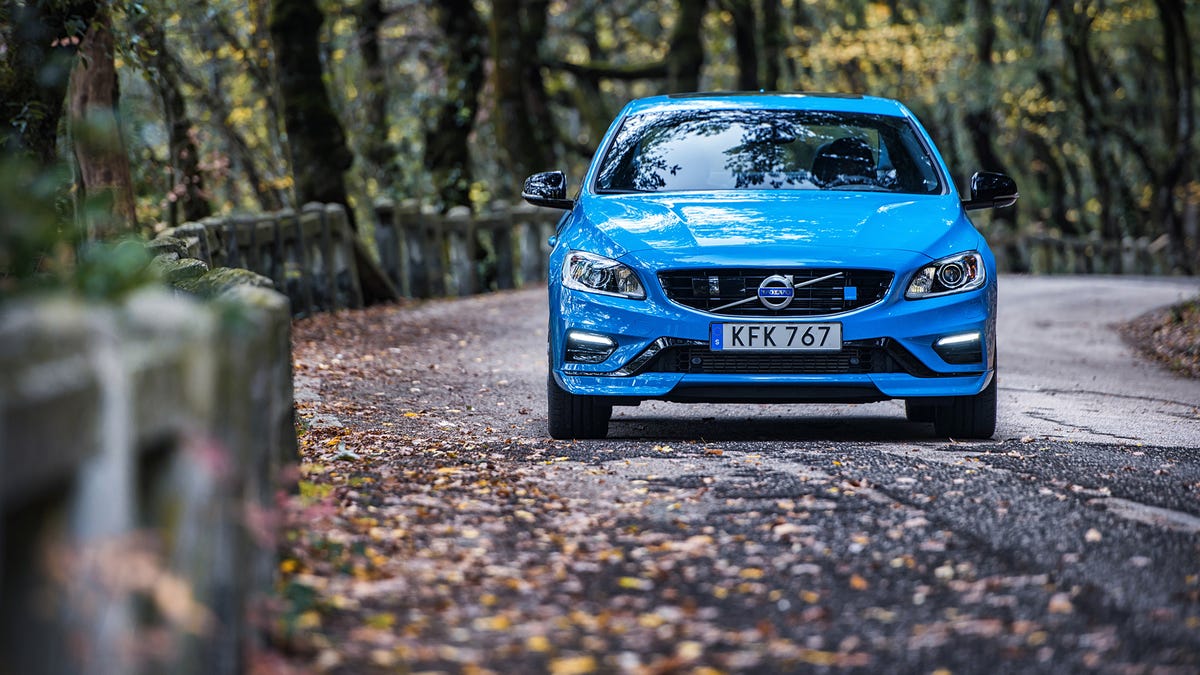Volvo has electrification, autonomy in mind for future Polestar models
Surging Swedish automaker's high-performance Polestar line set to expand to take on BMW's M and Mercedes' AMG.

Over the past year or so, Volvo has been making news for its headlong dive into autonomous car development, app-based conveniences and eco-friendly powertrains. But it hasn't forgotten about high performance, nor does the company's leadership see any of these pursuits as mutually exclusive goals.
At last week's Los Angeles Auto Show , I sat down with with Lex Kerssemakers, Volvo North America's senior vice president and CEO, and he's particularly bullish about the company's nascent Polestar performance sub-brand.
According to Kerssemakers, "We bought Polestar because of their racing experience. We're not going to make racing cars -- we are making use of that experience to make really good, dynamic [road] cars." When asked about what Polestar's coming product map looks like, he said "Electrification in the future will play a very important role...in principal, every Polestar car in the future should have some sort of electrification, because it's our top of the line." As to when we could see the first Polestar with some sort of hybrid or pure-electric powertrain, Kerssemakers would only say, "Hopefully we can announce something in the next half-year."
Volvo's S60 and V60 Polestar get more-powerful twin-charged engines for 2017.
Kerssemakers admits it's "too early to say" if every future Volvo model line should receive a Polestar derivative, but the Netherlands-born executive clearly doesn't see a problem in working toward self-driven cars on one hand, and higher-performance models that target driving enthusiasts on the other. "I don't see any issue," he said. "Because at the end, we still make cars with steering wheels. We still embrace the freedom of driving. So, it's not controversial at all; the dynamism does not exclude the autonomous part. It's just that you experience it in a different way. So I can still see Polestar cars with our autonomous drive package on it."
It's not clear when we might see a fully autonomous Volvo in showrooms -- Polestar or otherwise -- but Volvo has arguably already made more noise and more headway in the self-driving car space than any other legacy automaker of its size.
It's an impressive turnaround for a brand that was all but left for dead just a few years ago. Today, Volvo is rehabilitating its lineup from stem to stern, and it's off to a strong start: Its second-generation XC90 bowed last year to a shower of awards and a brisk sales clip, and its 2017 S90 sedan is showing signs of following suit.
Volvo's performance outpost has a long way to go if its models are going to be considered in the same breath as those of BMW 's M, Mercedes-Benz 's AMG and Audi 's RS, but the corporate will to elevate Polestar's profile is strong, and the wherewithal to make it happen is trending in the right direction.
For now, high-performance Swedish car fans will have to slake themselves on Volvo's updated-for-2017 S60 and V60 Polestar models. They're just starting to hit US dealers, with their more-powerful, 362-horsepower, four-cylinder engines, snarlier bodywork and firmer suspensions. They're a solid start, but clearly, there's a lot more work on the horizon.

